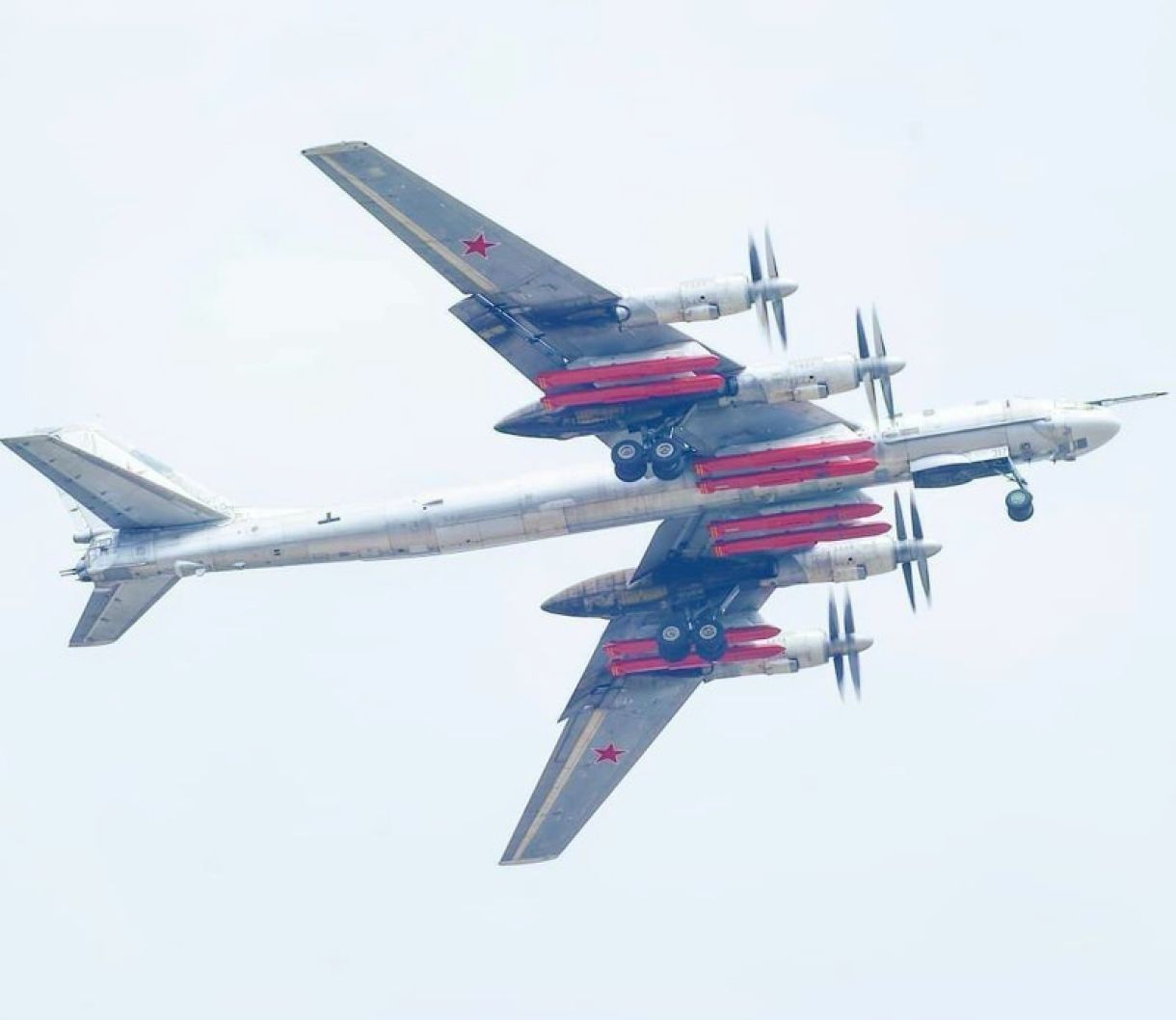Four Russian and four Chinese warplanes entered the South Korean air defense identification zone (KADIZ) without violating the country’s airspace, the South Korean Yonhap news agency reported.
Taiwan Will Not Be Another Ukraine Despite China’s Military Superiority; India Can Play A Critical Role
South Korea’s Joint Chiefs of Staff (JCS) said that between 11:52 and 13:49 local time (02:52 and 04:29 GMT), Russian and Chinese aircraft flew into the southern and eastern parts of the KADIZ and then left it, according to the report. The JCS specified there was no intrusion into the country’s air space.
“Our military identified the Chinese and Russian planes before they entered into the KADIZ and deployed Air Force fighters to conduct tactical steps in preparation against potential accidental situations,” the JCS said in the statement.
South Korea has reported the entry of Russian jets into the KADIZ several times. Seoul notes that Russia does not violate any international norms as the KADIZ is not a national airspace, but other countries’ jets usually inform South Korea before entering the area, while Russian ones do not.
In 2021, Russia and South Korea signed a memorandum of understanding that provides for the creation of a hotline between both countries’ militaries. However, following the start of Russia’s military operation in Ukraine in February 2022, this initiative was put on hold, Russian Ambassador to Seoul Andrey Kulik said.

Meanwhile, Japan once more stated that Russian projects Sakhalin-1 and Sakhalin-2 are essential and vital for its energy security in an annual energy report (Energy White Paper 2023) published by the Japanese Agency for Natural Resources and Energy on Tuesday.
“As for the projects Sakhalin-1 and Sakhalin-2, which are Russia’s and Japan’s fuel and LNG (liquefied natural gas) projects, the Sakhalin-1 is Japan’s important source of oil shipments outside the Middle East … the Sakhalin-2 provides nearly 9.5% of Japan’s LNG import … which makes them indispensable sources for Japanese energy and gas consumption. Therefore, these projects are vital for energy security,” the document said.
Japan expects the excess of demand over supply on the world market of LNG to persist until circa 2025 when a series of new projects would be launched worldwide.
“We suggest that even if the LNG projects which are under construction now will be launched without delays, the level of supply will not keep up with the demand until approximately 2025.
Before that time, the global ‘competition for the LNG’ will only increase,” the report stated.
Japan’s company Sodeco, half of which is owned by the Japanese government, holds 30% of the Sakhalin-1 project. The project was almost suspended after its then-operator, Exxon Neftegaz Limited, announced its desire to withdraw from the project in March 2022 and later imposed the force majeure regime the following month.
In October, Russian President Vladimir Putin ordered the creation of a new domestic operator for the Sakhalin-1 project under the supervision of Russia’s oil giant Rosneft.
The Sakhalin-2 project explores two reserves in Russia’s Far East northeast of the Sakhalin shelf in the Okhotsk Sea. The infrastructure includes three offshore platforms, an integrated onshore processing facility, an oil shipping terminal, and an LNG plant with a capacity of 9.6 million tonnes per year. Sakhalin-2 accounts for about 9% of Japan’s LNG imports.
- Contact the author at ashishmichel(at)gmail.com
- Follow EurAsian Times on Google News